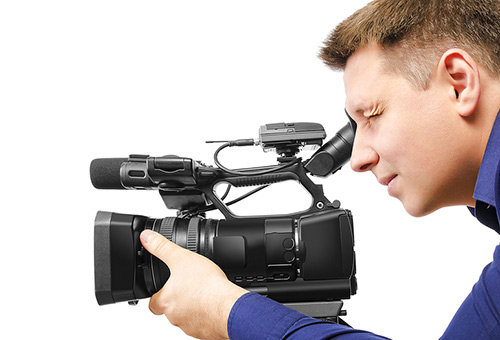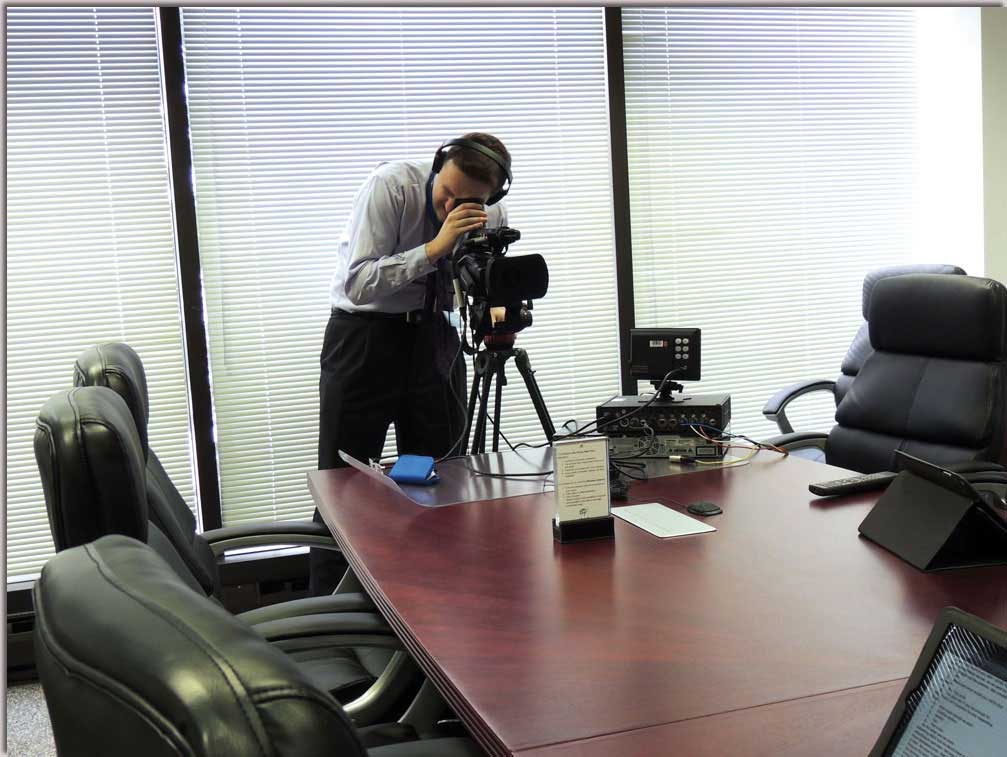How Legal Videography Supports in Preserving Vital Evidence for Litigation
How Legal Videography Supports in Preserving Vital Evidence for Litigation
Blog Article
Why Lawful Videography Is Vital for Accurate Court Recordings
The function of legal videography in courtroom setups can not be overemphasized, as it works as a vital tool for preserving the integrity of court documents. By catching both verbal and non-verbal interaction, it boosts the clearness of witness testimonies and mirrors the nuances of courtroom communications. This detailed documentation not just help in reducing possible misunderstandings but additionally supports appellate reviews, thereby strengthening the judicial process. The implications of integrating lawful videography into basic court room practices elevate essential inquiries about its more comprehensive effect on the legal system. What might these implications entail?
Value of Visual Proof
In the realm of legal procedures, the value of visual evidence can not be overstated. Aesthetic proof works as an effective device in developing facts, affirming testimonies, and improving the general quality of a case. This sort of evidence, which consists of pictures, video clips, and diagrams, can supply a substantial context that spoken descriptions typically do not have, thereby offering juries and judges a more clear understanding of the conditions bordering an instance.
Moreover, visual evidence aids in the retention of info. Human cognition is naturally visual, and people are most likely to keep in mind and understand details offered in an aesthetic format. In the courtroom, this can be crucial, as engaging aesthetic proof can sway viewpoints and reinforce the narrative offered by lawful representatives.
Additionally, the use of visual evidence can minimize misunderstandings and obscurities that commonly occur from verbal exchanges. By offering a straight depiction of occasions, aesthetic proof helps to remove subjective analyses and fosters an extra objective evaluation of the truths. The combination of visual evidence right into legal process not only strengthens the honesty of the judicial process yet likewise enhances the chance of accomplishing a simply end result.
Capturing Non-Verbal Hints
Making use of sophisticated videography strategies can dramatically enhance the capture of non-verbal signs during lawful procedures. Non-verbal communication, consisting of facial expressions, body language, and eye call, plays a critical role in communicating emotions and intents that might not be explicitly specified in spoken testimony. legal videography. Lawful videography employs high-definition cameras and critical angles to ensure that these subtle signs are tape-recorded with quality and accuracy
The capability to assess non-verbal behavior can supply important context to declarations made during court sessions. For instance, a witness's hesitation or self-confidence can be interpreted with their stance or gestures, possibly affecting the jury's assumption of integrity. The usage of close-up shots can aid focus on a speaker's expressions, enabling for a much more nuanced understanding of the statement.
Moreover, incorporating numerous electronic camera angles can develop a comprehensive sight of communications, highlighting dynamics between celebrations involved. This complex technique not just improves the accuracy of the court record but also help in maintaining the honesty of the judicial procedure - legal videography. Eventually, catching non-verbal hints through legal videography fosters a richer, extra full depiction of court proceedings

Enhancing Statement Reliability
The integrity of statement can be substantially reinforced via making use of high-quality lawful videography. Video recordings function as an objective tool that captures not just the spoken words of witnesses yet likewise the subtleties of their shipment, including tone, pacing, and emotional expressiveness. This complex paperwork gives a clearer understanding of the witness's credibility and intents, which can be critical in lawful proceedings.
Additionally, legal videography lessens the possibility for misinterpretations that might emerge from composed records alone. When jurors can observe a witness's disposition and body language combined with their testament, they are much better geared up to evaluate the authenticity and dependability of the evidence offered. This visual context can reinforce the testimonial story, making it a lot more engaging and trustworthy.
Furthermore, the visibility of a video clip recording can deter possible variances in statement. Witnesses might be much more mindful in their declarations when they recognize they are being tape-recorded, resulting in more exact and truthful accounts. Overall, top quality lawful videography enhances the stability of testimony, guaranteeing that the court has accessibility to a complete and honest representation of the realities as conveyed by the witnesses.
Supporting Appeals and Reviews
Legal videography plays a crucial function in sustaining browse around this site charms and reviews by offering an extensive visual record of courtroom proceedings. This visual documentation captures not just the talked words of witnesses and attorneys but also the nuances of body movement, intonation, and court room characteristics. Such aspects can be critical in comprehending the context of statements and arguments offered.
In the appellate procedure, where the emphasis gets on errors of law and procedural justness, a video clip document can work as a crucial tool for appellate courts. It makes it possible for courts to examine the initial trial context, making sure that decisions are based upon a full understanding of the procedures. The ability to visually analyze the demeanor of witnesses or the interactions between events can disclose insights that written records might forget.

In addition, legal videography can aid in making clear ambiguities in testaments or procedural judgments, consequently strengthening the basis for a charm. By offering a trusted, objective account of what transpired in court, legal videography not just supports the honesty of the legal procedure but likewise empowers all events involved to make informed choices regarding their situations.
Simplifying Courtroom Processes
Enhancing court performance, legal videography improves processes by giving immediate access to aesthetic documents of process. This technology enables courts, lawyers, and courts to revisit crucial testament and proof, ensuring that all parties have a clear understanding of the situation. By recording the subtleties of spoken and non-verbal interaction, videography improves the document, making it easier to grasp the context and weight of testimonies.

In addition, video clip recordings can help with remote engagement in hearings, enabling greater adaptability in scheduling and engagement, which is especially valuable in intricate situations including multiple stakeholders.
Verdict
Finally, lawful videography plays a crucial role in making certain precise court recordings by giving visit homepage necessary visual proof that captures both spoken and non-verbal interaction. This practice improves the reliability of testaments, supports appellate testimonials, and improves court room processes. By cultivating an extensive understanding of court characteristics, legal videography eventually contributes to a lot more equitable judicial end results, reinforcing the stability of the lawful system and helping with educated decision-making.
Report this page